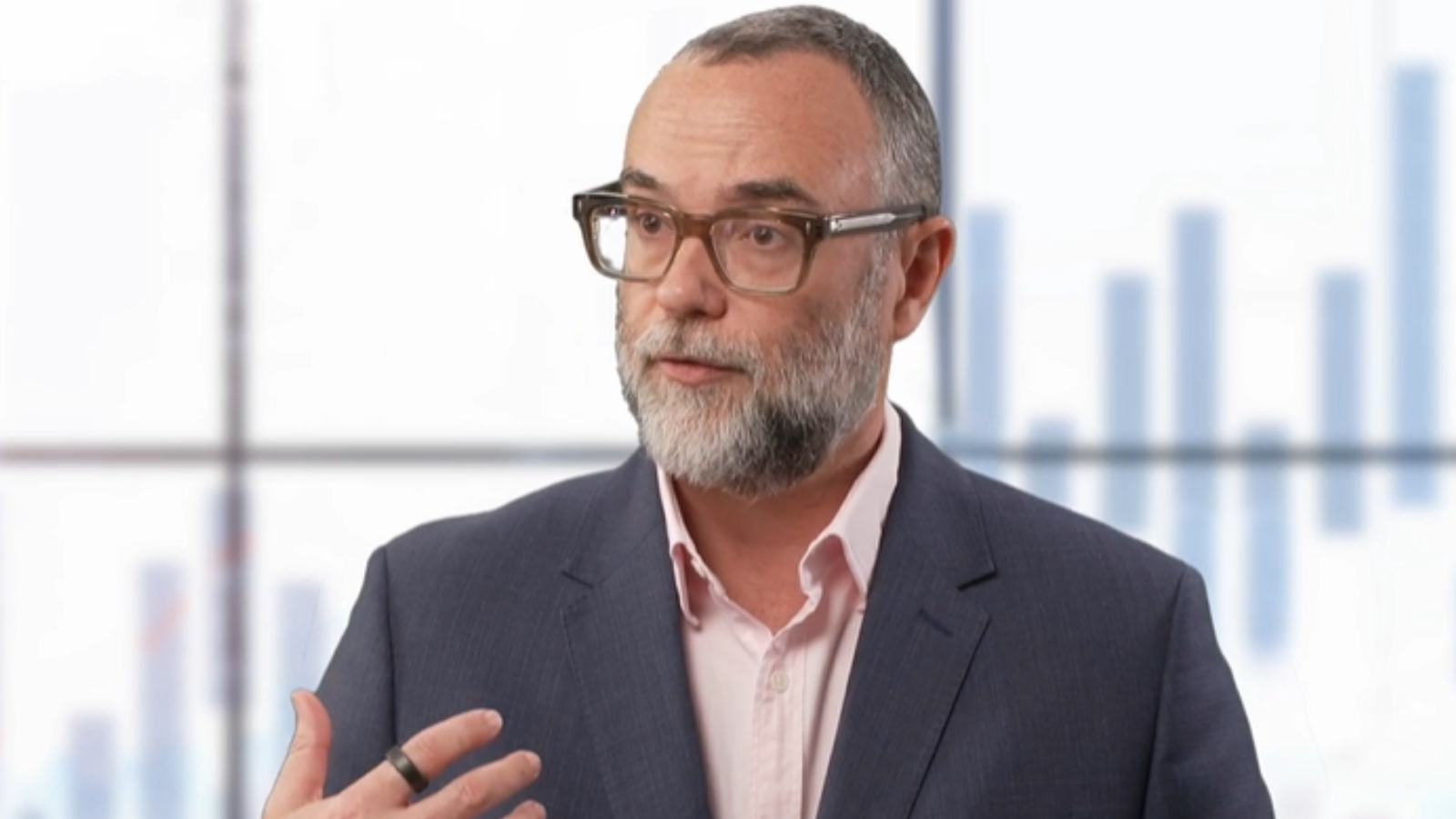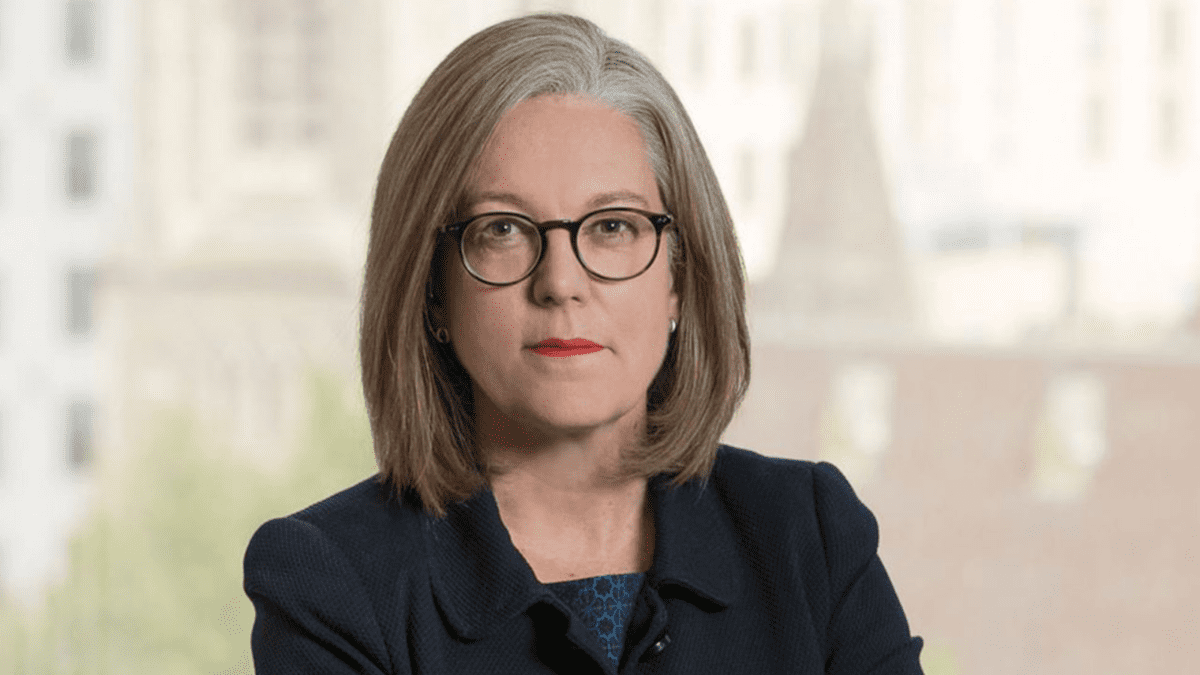Balanced super fund returns hit 10 per cent
Australian super funds continued their incredible run of positive investment returns, with the median growth industry fund recording a double digit return once again. This markets the tenth straight year of positive results from the sector, and superannuation in general, that is central to funding the retirement of all Australians.
Given the predictions of doom that have flowed nearly every month since the pandemic hit, the fact that the median Balanced super fund was able to deliver a 10 per cent return is likely a surprise to many. It is important to note that Chant West’s data and analysis highlights the median fund, which for those harking back to university, is the middle of the road result, not the average.
Whilst the majority of attention is likely paid to the results delivered by the growth option, which was an impressive 13.4 per cent for 2021, it once again reflects the importance of knowing what you own.
The vast majority of super funds included in the ‘Growth’ sector assessed by Chant West as having between 60 and 80 per cent of their assets in risky assets, are actually named ‘balanced funds’. As an adviser with a speciality in dealing with those investing to fund their retirement, this is an important distinction because the majority of these funds are built for and better suited to younger investors with a longer time horizon and not drawing down any income for their lifestyle.
Once again, investors were rewarded for taking on more risk in 2021, as continued government and monetary support saw most developed economies grow at a record pace. The result was a 19.4 per cent return for All Growth funds and 16.9 per cent for those with more than 80 per cent in equities and similar assets. One should also assume that those within each risk band are likely nearing the top end to have performed so well. For instance, the Host Plus ‘balanced option’ which topped the leader board returning 19.1 per cent, has just 8 per cent in cash and fixed interest investments.
Given the remarkable run of 10 years without a negative calendar year result, mean reversion would suggest that one lies ahead at some point in the future. This is of course, because history has shown that typical growth portfolios experience negative returns at least once every five years, whereas thus far, the median has seen just 1 in the last 13 years.
Global capital markets and super funds with them have seemingly been protected from negative returns via a significant paradigm shift at almost every point in the last decade. On the one hand, fixed income investments benefitted from interest rate cuts and QE at the same time that equities were tanking, property and infrastructure shared a similar story, whereas most recently, the massive growth in venture capital and private companies helped many funds post positive results in the pandemic.
The big question is, what will save us next?









